What is dysmenorrhea, symptoms & treatment
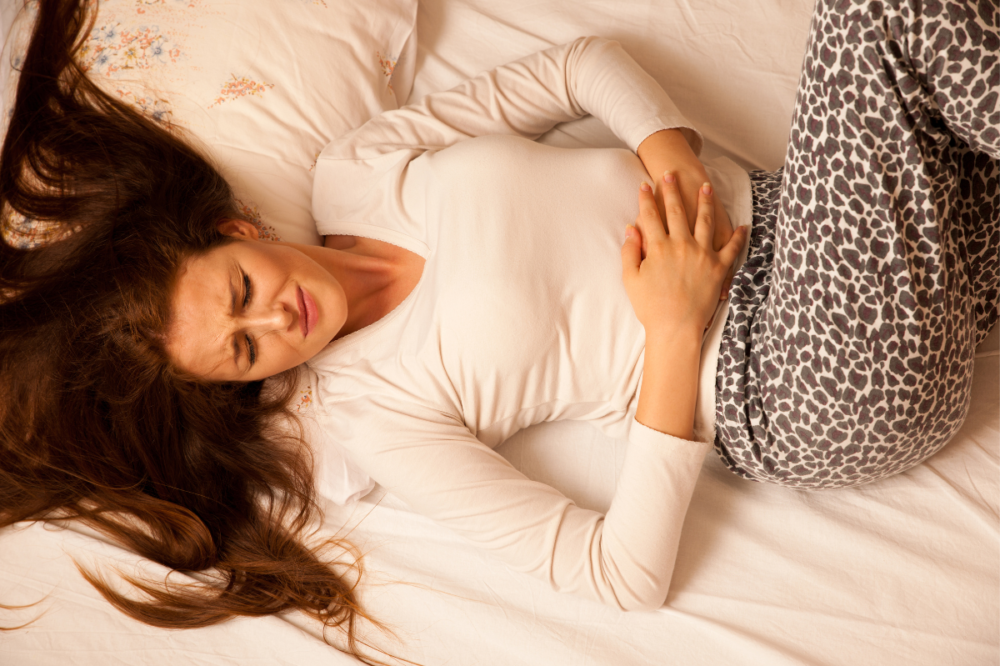
Table of Contents
What is dysmenorrhea?
Dysmenorrhoea is defined as the very intense pain experienced by women during the first days of menstruation – mainly in the lower abdomen and waist – while it can also be accompanied by other symptoms.
It is a fairly common phenomenon that concerns about half of the women of reproductive age, with ⅓ of the women declaring that their daily life is significantly affected at a professional and personal level.
Symptoms
The most common symptoms of dysmenorrhea are the following:
- Abdominal pain (pain mainly in the lower abdomen)
- Chest pain
- Pain in back and thighs
- Headaches
- Bloating (swelling)
- Emotional disturbances (e.g. nervousness)
- Nausea and vomiting
- Dizziness (even fainting)
- Feeling tired
- Diarrhea
Naturally, the intensity, duration and type of symptoms varies from case to case and largely depends on the cause (e.g. fibroids, endometriosis).
Causes
There are a number of reasons that can cause unbearable period pains: Dysmenorrhea is generally categorized into primary and secondary.
Primary dysmenorrhea: It is caused by uterine contractions and pain due to the increased levels of prostaglandins. The discomfort subsides as the days go by, while the condition usually improves after pregnancy or with the passing of years.
Secondary dysmenorrhea: The pain and other symptoms are caused by some abnormal condition, such as:
- Fibroids
- Adenomyosis
- Endometriosis
- Pelvic inflammatory disease
In this case,the treatment of dysmenorrhea is based on the cause of it.
Treatment
There are various methods of managing the symptoms of dysmenorrhoea, with the most common one being medications, such as the following:
- Analgesics
- Anticonvulsants
- Anti-Inflammatories (Non-Steroidal Anti-Inflammatories)
- Contraceptives (oral)
However, there are also plenty of natural solutions that you could try or combine with medication, some of which work relatively immediately while others provide long-term benefit. The main ones are the following:
- Local heat application – Both the use of a heating pad or hot towel on the affected area and a warm and relaxing bath can help reduce abdominal pain.
- Herbal treatment (taking herbs/herbal substances as a tea, decoction, tincture or dietary supplement)
- Massage with essential oils (pressure on specific points) and/or aromatherapy
- Food supplements (specialized formulas for dysmenorrhea, magnesium, ω3 fatty acids, vitamin E, etc.)
- Balanced diet (rich in anti-inflammatory foods)
- Regular exercise (aerobics, yoga)
- Stress management
- Good mood & mental health
Herbs for dysmenorrhea
There are various herbs that seem to relieve unpleasant period symptoms such as cramps, among which the following stand out:
- Agnus castus
- Cinnamon
- Ginger
- Chamomile
- Viburnum opulus
- Fennel
- Mint
- Lemon balm
- Dill
These herbal aids contain anti-inflammatory & antispasmodic compounds that can reduce muscle spasms and swelling associated with menstruation.
You can therefore consume during your period, tea or decoction (without caffeine) containing one or more of the above herbs, as they have been shown to help with the pain. In addition, in higher doses you will find them in the form of a dietary supplement. Furthermore, even warm water with lemon can be beneficial.
It is also worth noting that various essential oils, which are used for therapeutic massage and aromatherapy, also seem to provide benefits. Of course, massage oils should be diluted in a carrier oil.
Examples of essential oils that may reduce period pain and general discomfort include:
- Lavender
- Rose
- Sage
- Marjoram
- Mint
Diet
Regarding the eating habits of women with dysmenorrhea, it is recommended to follow a healthy eating pattern (e.g. Mediterranean Diet) characterized by the daily consumption of a variety of foods with anti-inflammatory and antioxidant properties (fruits, vegetables, good fats, etc.) and also the avoidance of certain foods that cause bloating, fluid retention and/or inflammation (e.g. fast food).
Adequate hydration of the body is also of great importance, through the consumption of water and foods/meals rich in water (e.g. fruits, vegetables, soups, etc.).
In summary, daily/regular consumption of the following is recommended:
- Vegetables (eg leafy greens, broccoli)
- Fruits (berries, strawberries, papaya, etc.)
- Sources of good fats (eg olive oil, flaxseed, nuts, avocado)
- Whole grains
- Fish and poultry
- Decaffeinated herbal tea
On the other hand, it is recommended to avoid the following:
- Salty snacks and foods (eg crisps, salted fruit)
- Very fatty foods (e.g. french fries)
- Soft drinks
- Caffeine (coffee, caffeinated tea)
- Alcohol
- Processed foods (e.g. cured meats)
- Sweets
Avoiding/stopping smoking also seems to have a significant effect!
Generally, through food variety it is possible to cover the daily needs of essential nutrients that support the overall health of women and, especially, those who experience painful menstruation. These ingredients include iron, magnesium, good fats and vitamins.
It is recommended to change any unhealthy eating habits by taking baby steps (fruit instead of sweets, cooking your favorite food at home instead of food-delivery).
Nutritional supplements
In addition to some specialized supplements for dysmenorrhea, there are specific individual micronutrients (vitamins, minerals) and herbs that seem to help with symptoms of dysmenorrhea. The main ones and most studied ones are the following:
1. Chasteberry (Vitex Agnus Castus L.) – An herb that appears to provide benefits to women with menstrual disorders (eg, dysmenorrhoea, polycystic ovaries, premenstrual syndrome). It relieves symptoms such as cramps, stomach disorders, diarrhea, headache, nervousness, but also psychological fluctuations.
2. Magnesium – It acts as a muscle relaxant, supports the functioning of the nervous system and significantly relieves cramps. When taken alongside vitamin B6 it appears to provide optimal results, both for women with dysmenorrhoea and those suffering from premenstrual syndrome (PMS).
3. Vitamin Β6 – It is an essential vitamin of the B complex that contributes, among other things, to the maintenance of hormonal balance, to normal psychological function, as well as to normal immune function. Low body levels of vit.B6 are likely to contribute to the symptoms of dysmenorrhea and PMS.
4. Evening Primrose Oil – It is a rich source of gamma-linolenic acid (GLA), which appears to provide relief from menstrual cramps, as well as bloating, headache and breast tenderness. It is widely used by women with premenstrual syndrome and also during menopause.
5. Viburnum – It is a uterine relaxant and has analgesic properties, while it can be used either alone or in combination with other herbs and/or micronutrients to relieve women with dysmenorrhea and PMS.
6. Vitamin Ε – This vitamin is mainly known for its antioxidant activity, as it protects cells from oxidative damage. It has also been shown to be beneficial for women with painful menstruation, while it is also known as a reproductive vitamin, since it is important for fertility.
7. Omega 3 fatty acids – Omega-3 fats have been widely studied for their multiple benefits, including their ability to improve painful menstrual symptoms in women. They are taken either alone or in combination with vitamins (eg B1, B12).
8. Calcium – This essential mineral can help reduce muscle cramps during menstruation.
9. Pycnogenol from Pine Bark – It provides anti-inflammatory & antioxidant action and has been shown to help reduce severe period pains, while supporting cardiovascular health and weight control.
Other herbal supplements that can help are those that contain fennel, chamomile, and lavender.
Exercise
Adequate daily physical activity combined with a healthy diet appears to be associated with smoother and problem-free menstruation. Studies have shown that exercise, both shortly before and during menstruation, helps to reduce pain, limiting or even eliminating the need to take medication.
Aerobic exercise as well as yoga have been shown to be particularly beneficial, while even walking of moderate intensity and duration seems to be beneficial.
Summary
In conclusion, dysmenorrhea is a fairly common condition that can be caused by various factors and is most probably not dangerous. When it comes to its management, you can try some physical treatment (supplements, diet, exercise, etc.).
Although in most cases it is not a health concern, there are times when it requires further examination. Visit or consult your doctor if:
- the pain is not adequately managed using the aforementioned ways
- the pain worsens instead of decreasing
- you are over 25 years old and dysmenorrhea is a new condition for you.
References:
Disclaimer
The content of this blogspot is not and can not be considered as medical advice, diagnosis or treatment. All information is provided to readers solely for informational purposes. There is no intention to substitute this content for personalized medical advice, diagnosis, prognosis or treatment.

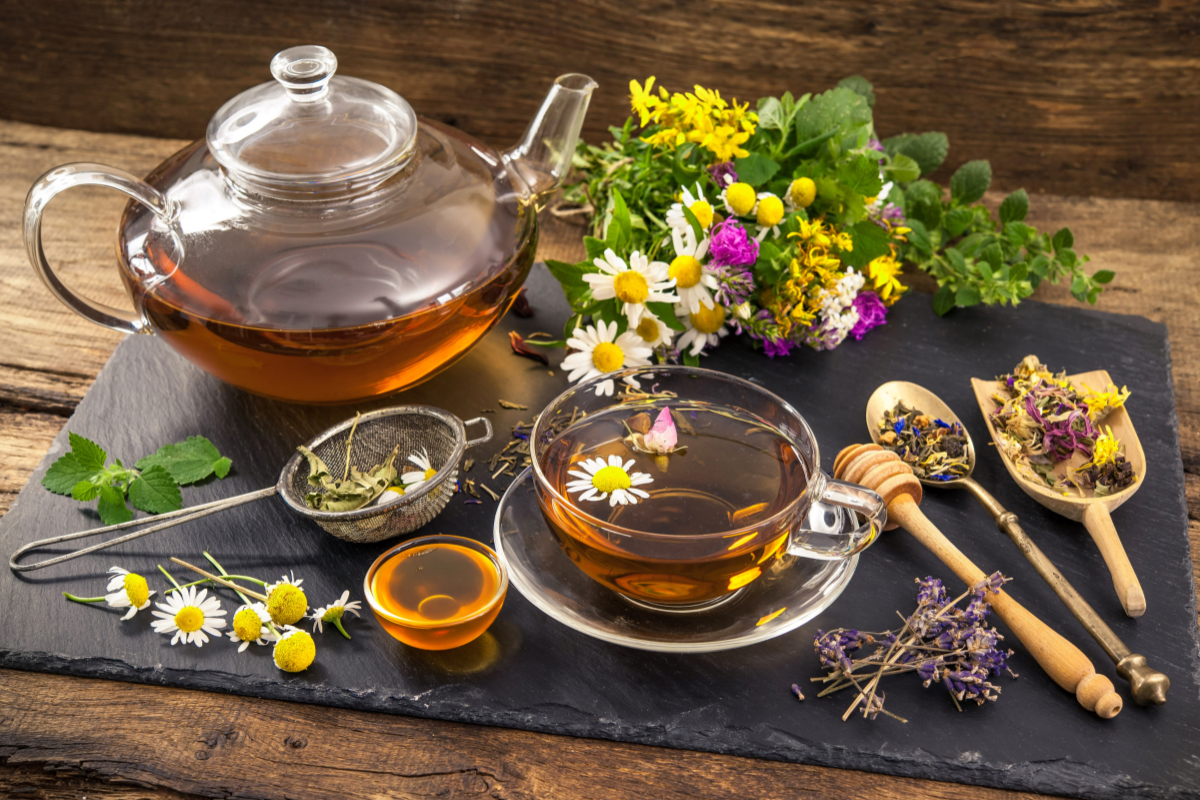

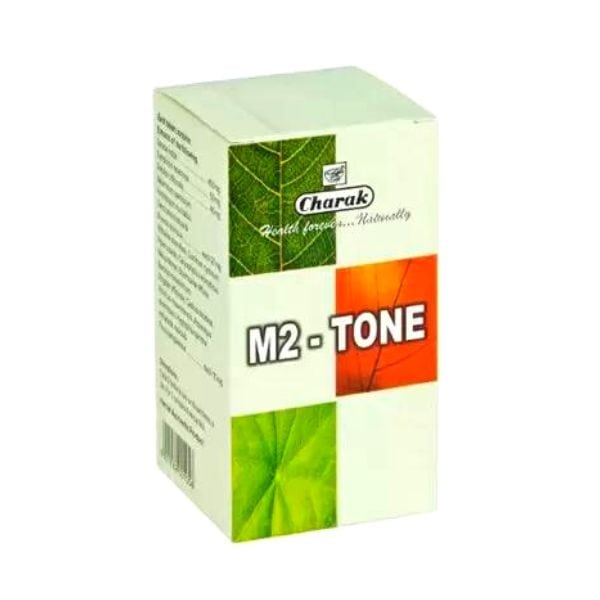
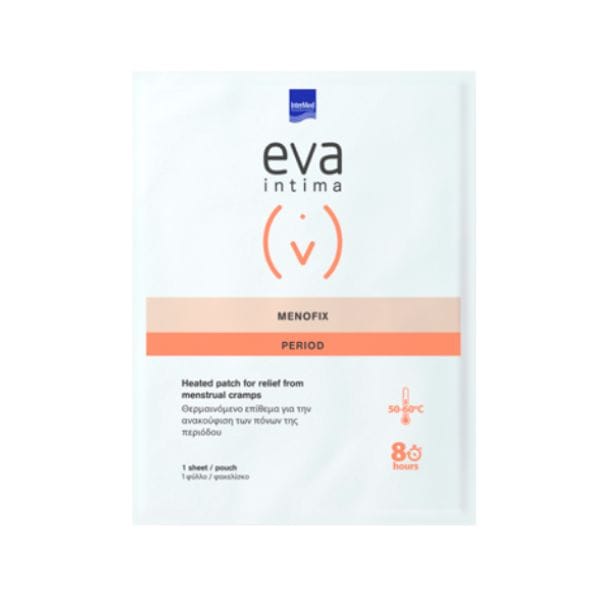


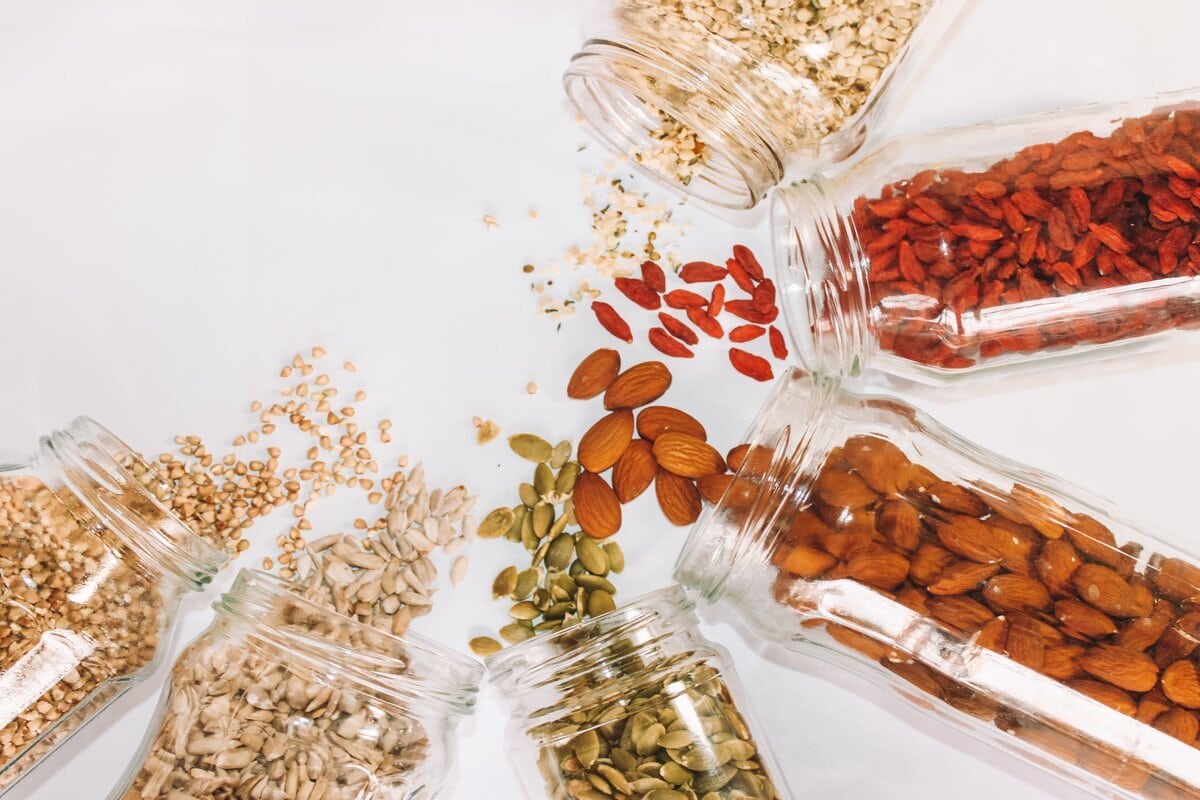


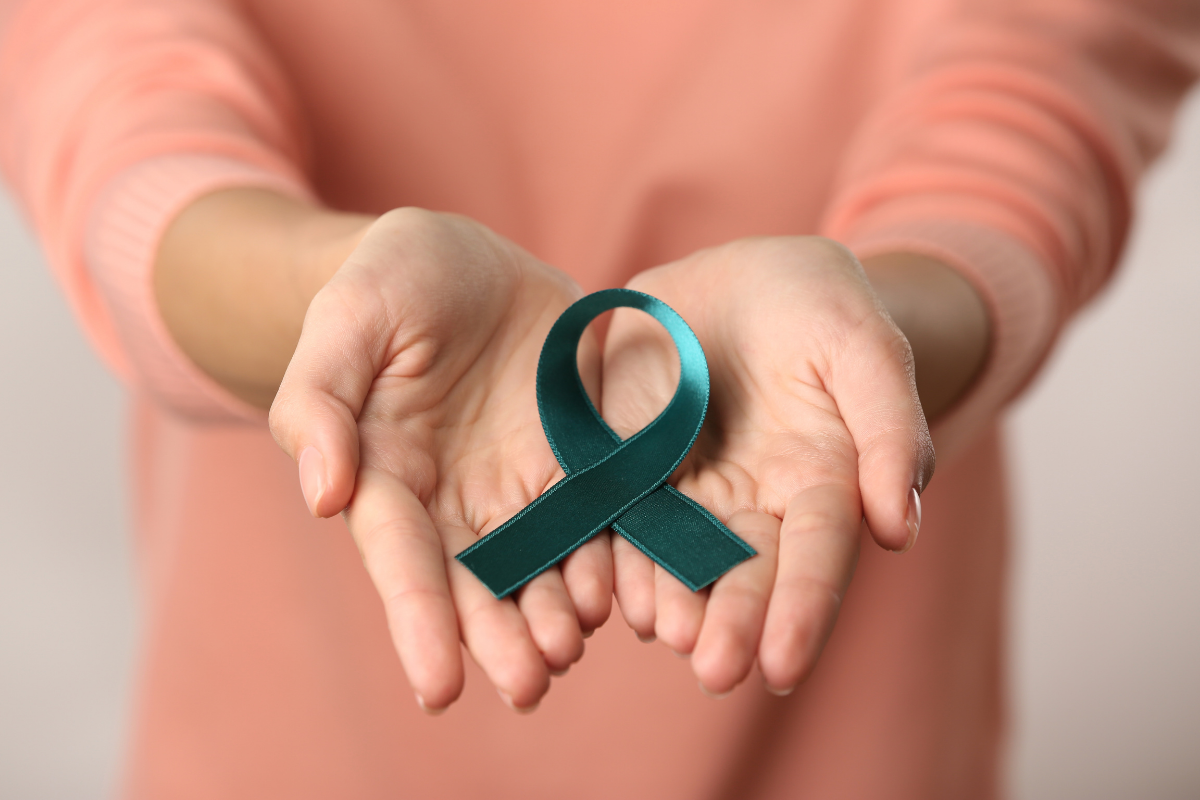

Leave a comment